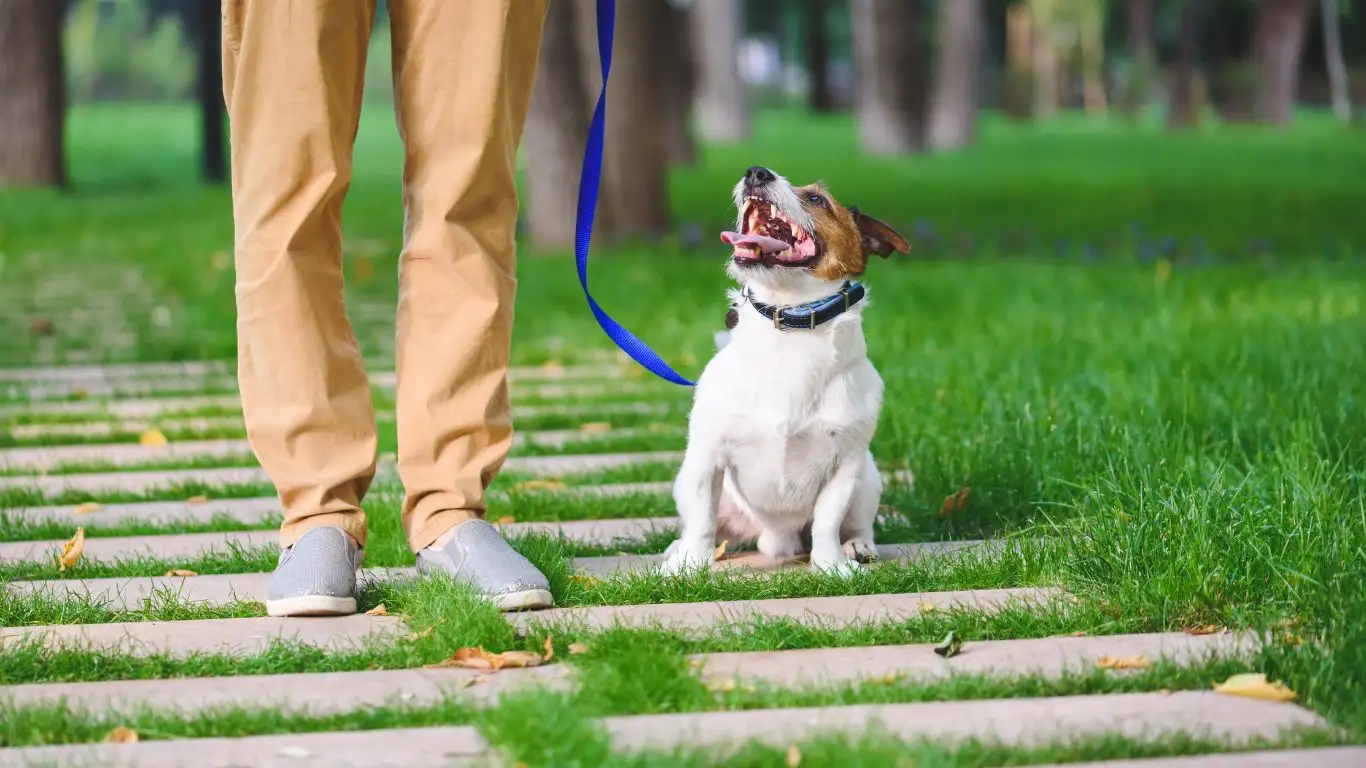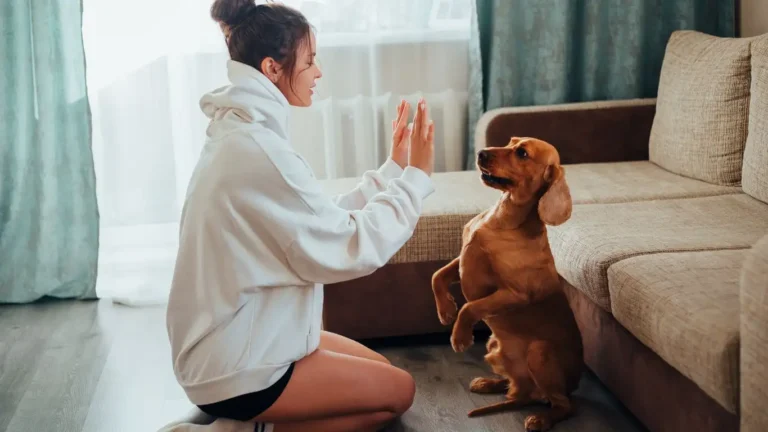How to Train a Dog to Be Patient: Master Waiting for a Treat Like a Pro!
Training a dog to be patient while waiting for a treat is one of the most valuable skills you can teach them. As a Canine-Assisted Therapy Trainer with years of experience, I’ve seen firsthand how patience can be a game-changer for both dogs and their owners. Not only does it help improve your dog’s behavior, but it also builds trust and strengthens your bond. In this guide, we’ll break down the essential steps to help your dog develop this important trait—whether they’re a young pup or an adult dog. Let’s dive in!
Why Patience is Crucial in Dog Training
Patience is more than just a cute trick—it’s an essential behavior that every well-trained dog should learn. Dogs are naturally excitable creatures, especially when they sense something delicious, like a treat. However, teaching your dog to wait calmly for their reward will improve their overall behavior, reduce anxiety, and make them more responsive to commands. Plus, it’s a skill that can be applied in a variety of situations, like during walks, at the vet, or even around other dogs and people.
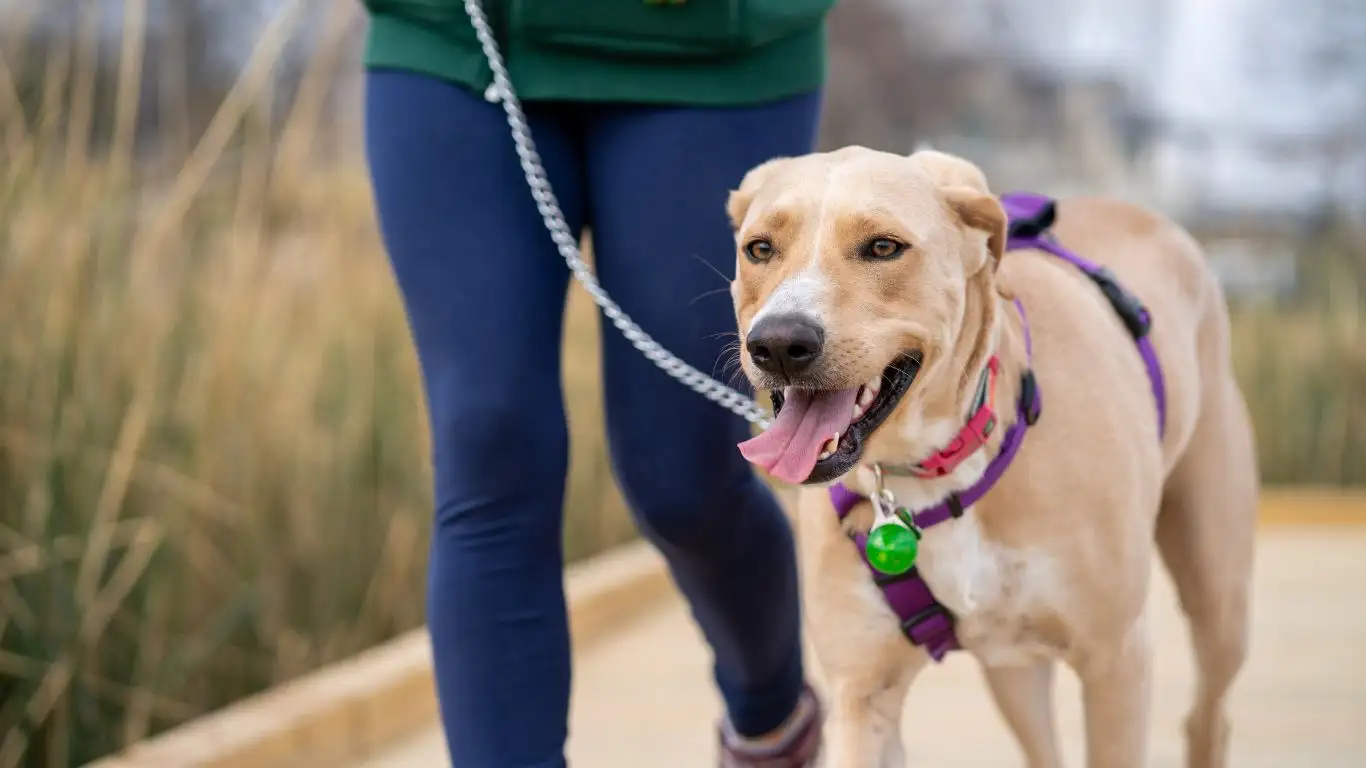
The Basics: What You Need Before You Start
Before diving into the actual training, it’s important to set yourself—and your dog—up for success. Here are a few key things to keep in mind:
- Consistency is Key: Dogs thrive on routine. Be consistent with your commands and the way you reward them. If you mix things up too much, your dog will become confused.
- Patience from You: As much as we’re teaching the dog patience, you need to have it too! Dogs can sense frustration, and that will make them anxious, which is counterproductive.
- Positive Reinforcement: Use treats your dog really loves. The more excited and motivated they are, the quicker they’ll catch on to the idea that waiting means a reward!
- Short Training Sessions: Dogs, especially puppies, have short attention spans. Keep your training sessions brief—about 5 to 10 minutes—and do them multiple times throughout the day.
Step 1: Teaching the “Wait” Command
The first step in training your dog to be patient is teaching them the basic “wait” command. This is where the groundwork for patience begins. You’ll be amazed at how quickly your dog can catch on with just a few repetitions.
How to Begin
Start by having your dog sit in front of you with a treat in your hand. Hold the treat in your palm, and let your dog see it. They’ll likely start pawing at you or jumping up in excitement. But here’s where the patience training begins: don’t give them the treat right away. Instead, gently hold the treat out of their reach and give them a simple “wait” command.

At first, your dog may try to lunge or jump for the treat. This is totally normal! Don’t get frustrated. Simply wait for them to stop moving or calm down before giving them the reward. Once they’ve calmed down, say “yes” or “good” and give them the treat. Repeat this process multiple times in short sessions.
Gradually Increasing the Difficulty
Once your dog has mastered waiting for a few seconds, you can start to gradually increase the amount of time they need to wait. If they are able to sit still for 5 seconds, try 10 seconds, then 15, and so on. Over time, your dog will start to understand that patience equals a reward, and they’ll be more willing to wait for longer periods.
Understanding the Importance of Timing in Rewarding
One of the biggest challenges in training a dog to be patient is ensuring you’re rewarding them at the right time. If you reward your dog too early or too late, they may not understand why they’re getting the treat. Proper timing is crucial!
Timing Your Reward Correctly
As soon as your dog stops moving or calms down, that’s the exact moment to give them the treat. Don’t wait too long to reinforce the behavior, or your dog may start associating the treat with something else—like the treat itself, not the waiting part.
Also, be mindful of your body language. If your dog sees you getting excited or acting differently when you’re about to give them the treat, they may start associating that excitement with the reward, which can make them more impatient. Keep your movements slow and steady during the training sessions.
Why Timing Can Be a Game-Changer
Good timing teaches your dog that specific behaviors lead to specific outcomes. This is where their learning curve starts to increase. The more accurately you time your rewards, the faster your dog will learn to wait patiently for a treat. In fact, this is a skill that can improve your dog’s overall obedience and help them stay calm in high-energy situations.
What to Do If Your Dog Is Struggling
It’s important to remember that not every dog will catch on immediately. If your dog is struggling, here are a few things you can try to make the process easier:
- Start with easier commands: Before teaching the “wait” command, make sure your dog has mastered basic commands like “sit” and “stay.” This foundation will make patience training much smoother.
- Break the task into smaller steps: If your dog is struggling to stay calm, break the task into smaller steps. For example, start with the treat on the ground and let them “wait” for just a second before giving it to them. Gradually increase the time.
- Reduce distractions: If you’re training in a noisy or distracting environment, your dog may struggle to focus. Try training in a quiet room, free from other pets or distractions.
- Practice with lower-value treats: Sometimes, dogs can get too excited about high-value treats. Try using something less exciting at first so your dog doesn’t get overwhelmed with the reward itself.

Step 2: Adding Distractions to Build Patience
Once your dog has gotten the hang of the “wait” command and can hold it for a few seconds, it’s time to add distractions into the mix. The goal here is to help your dog remain patient even when there are tempting distractions around. This is an important step because, let’s face it, real life is full of distractions! Whether it’s other pets, people, or noises, your dog needs to learn to stay focused even when there’s something pulling their attention away from the reward.
Introducing Mild Distractions
Start by introducing mild distractions during your training sessions. These can be as simple as having a family member walk by, or even a toy rolling across the floor. The key here is to keep the distractions light and manageable so your dog doesn’t get too overwhelmed. If your dog breaks the “wait” command early, don’t get frustrated—just gently guide them back to the starting position and try again.
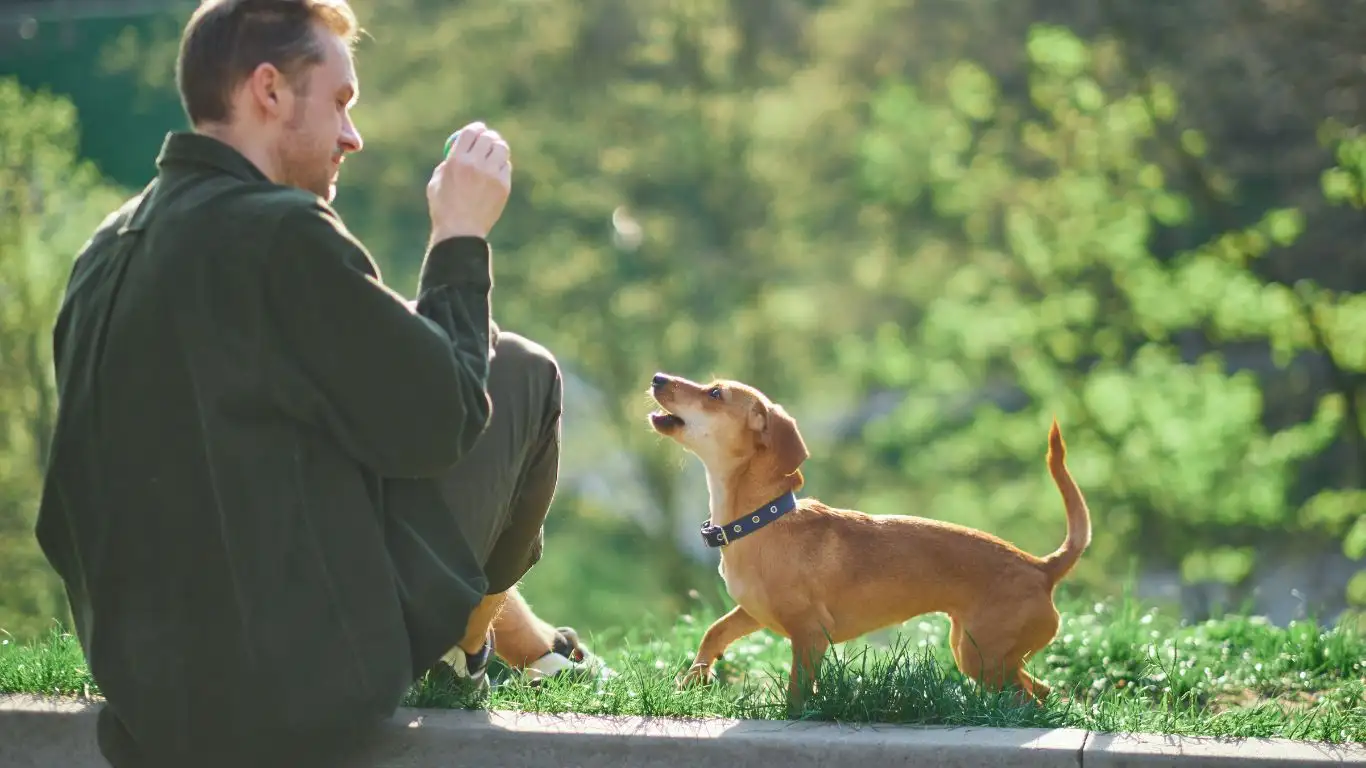
For example, if you have a toy nearby, wait for your dog to notice it, and then immediately give the “wait” command. Once your dog successfully waits, reward them as usual. Over time, you can increase the level of distractions—like a person walking past or another pet moving around—but make sure to stay patient and consistent with your rewards.
Increasing the Challenge
As your dog gets better at waiting through mild distractions, it’s time to increase the challenge. Try practicing the “wait” command in different environments, like in the backyard, on a walk, or at the park. These new settings will offer different kinds of distractions, and your dog will have to learn how to remain patient no matter where they are. Start with a familiar environment (like your living room) and gradually move to places with more distractions.
Step 3: The “Leave It” Command for Better Impulse Control
Another great tool in your patience-building arsenal is the “leave it” command. This command is particularly useful in teaching dogs to control their impulses—whether it’s not grabbing that tasty treat on the floor or not lunging at a squirrel on a walk. The “leave it” command pairs perfectly with the “wait” command, as it helps reinforce the idea that self-control results in rewards.
How to Teach “Leave It”
To begin, hold a treat in your hand and let your dog see it. Close your hand around the treat and let your dog sniff, lick, or paw at it. Your dog may try everything to get to that treat, but here’s the key: don’t give in. Once they stop trying and back off (even for a second), say “leave it” and reward them with a different treat. The “leave it” command is all about teaching your dog that patience leads to rewards—not just the immediate treat in front of them.
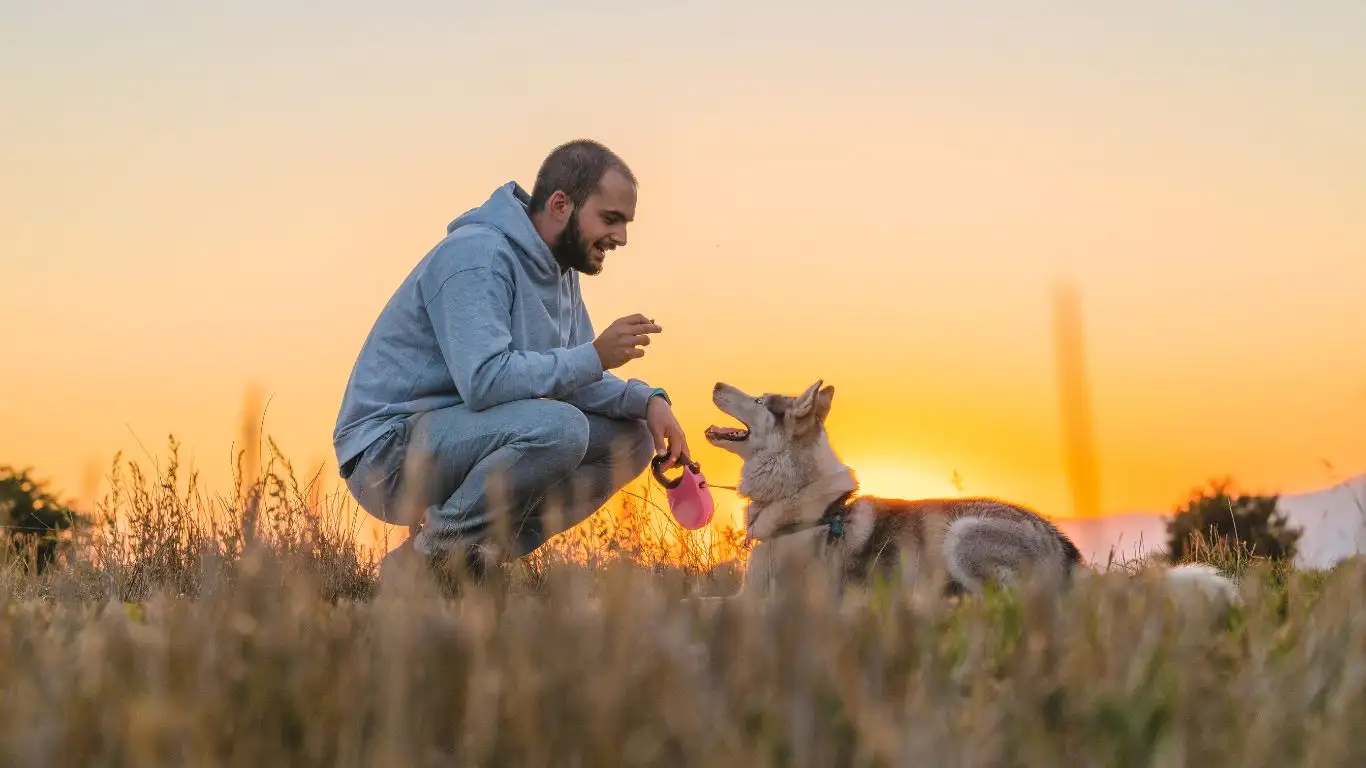
Repeat this process several times, gradually increasing the difficulty. You can place the treat on the floor, but don’t let your dog take it until you’ve given the “leave it” command. It’s all about teaching them that patience and self-control are key. The “leave it” command is one of those foundational commands that will help your dog navigate real-life situations more calmly and with greater impulse control.
Step 4: Patience During Mealtime and Other High-Value Moments
For many dogs, meal times and treat time can be the most exciting part of their day. So, if you really want to work on their patience, it’s essential to practice the “wait” command during these high-value moments. Not only does this build impulse control, but it also helps your dog understand that waiting doesn’t just apply to treats—but to all situations where they might be excited for something they really want.
Patience During Mealtime
Mealtime is often when dogs are most eager, so it’s the perfect opportunity to practice waiting. Start by having your dog sit in front of their food dish. Hold the dish just above their nose, and as they get ready to dive in, give the “wait” command. Hold the food dish until your dog stops moving and looks at you with calm eyes. Once they’ve settled, give them the “okay” command or whatever release word you’ve chosen, and allow them to eat.
At first, you’ll only need to wait a few seconds before releasing them to eat, but over time, you can increase the amount of time they need to wait before digging in. This will teach your dog that patience equals reward, not just with treats, but with things they really value.
Using Treats to Enhance Patience Training
If you have a particularly food-driven dog (which is common!), using treats as part of your patience training will really pay off. Dogs that are highly motivated by food often respond well to patience training, as the promise of a reward is enough to get them to focus and hold their position. However, you may want to rotate the types of treats you use so your dog doesn’t get too fixated on one particular reward. This will keep the excitement fresh and ensure your dog remains engaged in the training process.
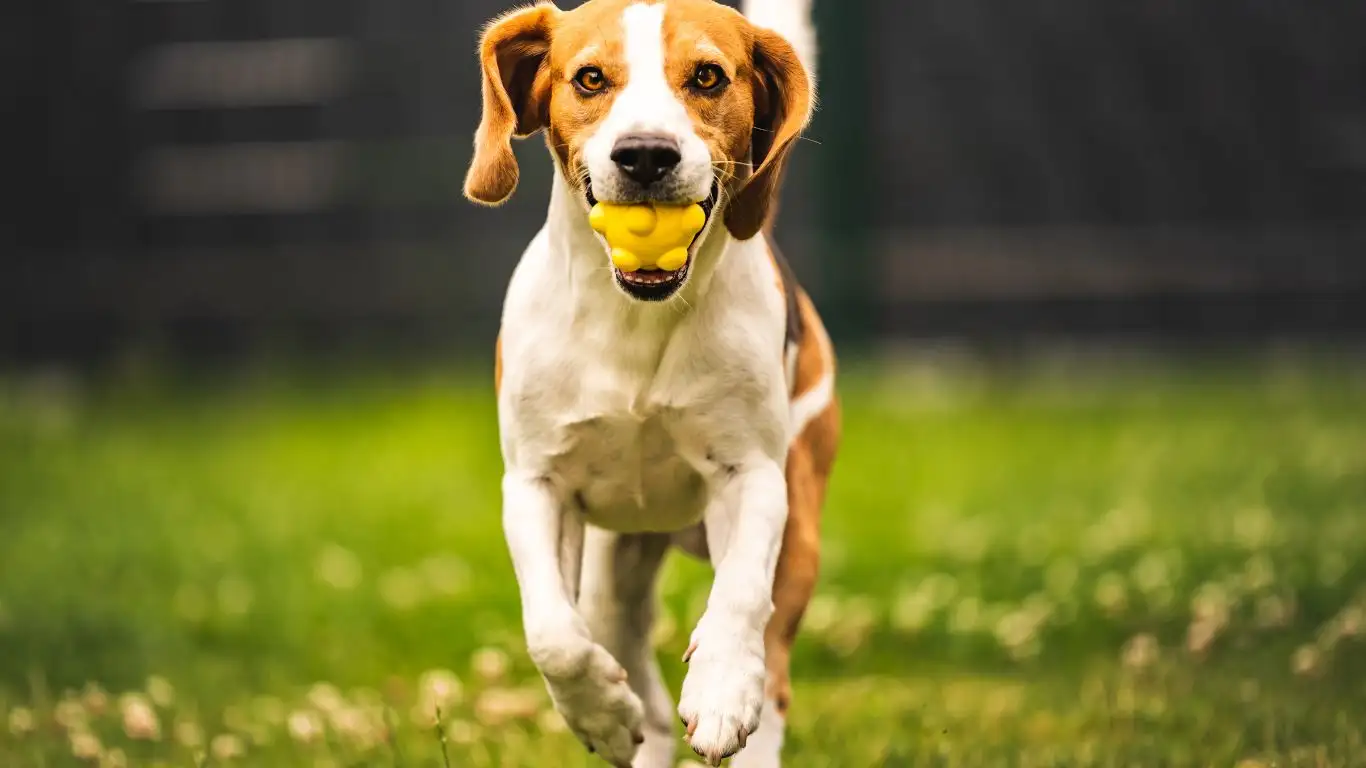
What to Do if Your Dog Gets Too Overexcited
It’s completely normal for dogs to get excited, especially when food or toys are involved. However, if you find your dog is consistently overexcited during training sessions, there are a few things you can do to help them settle down and focus.
- Take a Break: Sometimes, dogs need a mental break. If your dog is getting too hyperactive or frustrated, pause the training session for a few minutes. Give them some time to calm down before continuing.
- Use a Calm Tone: Dogs often mirror our energy. If you’re excited and frantic, your dog will pick up on that and become more hyper. Keep your tone calm and steady, even if they’re bouncing around in excitement.
- Work with Low-Value Treats: When your dog is overly excited, switch to a less exciting treat. This can help tone down their reaction and focus more on the behavior you’re trying to teach.
Step 5: Reinforcing Patience Through Daily Situations
Now that your dog has learned the basics of patience with treats, mealtime, and distractions, it’s time to start reinforcing this behavior in everyday situations. Teaching patience isn’t just about training sessions; it’s about integrating what they’ve learned into their daily routine. This is where real-life situations come into play—like waiting at the door, during car rides, or around other people and pets. By using these moments as training opportunities, you can reinforce their good behavior consistently throughout the day.
Patience at the Door
One of the most common places where dogs struggle with patience is at the door. Whether you’re about to take them on a walk, open the door to guests, or leave for a while, dogs often get super excited when the doorbell rings or when they sense you’re going to leave. To prevent jumping and running out the door, it’s essential to practice the “wait” command before opening the door.
When you’re about to open the door, ask your dog to sit and stay behind you. Hold the door handle, but don’t open it immediately. If your dog moves or gets too excited, close the door and start over. Once they’ve sat calmly for a few seconds, open the door just a little. If they remain calm, reward them. Gradually increase the amount of time they need to wait as you open the door further. This teaches them that calm behavior leads to rewards, while jumping or rushing out the door results in the door being closed.
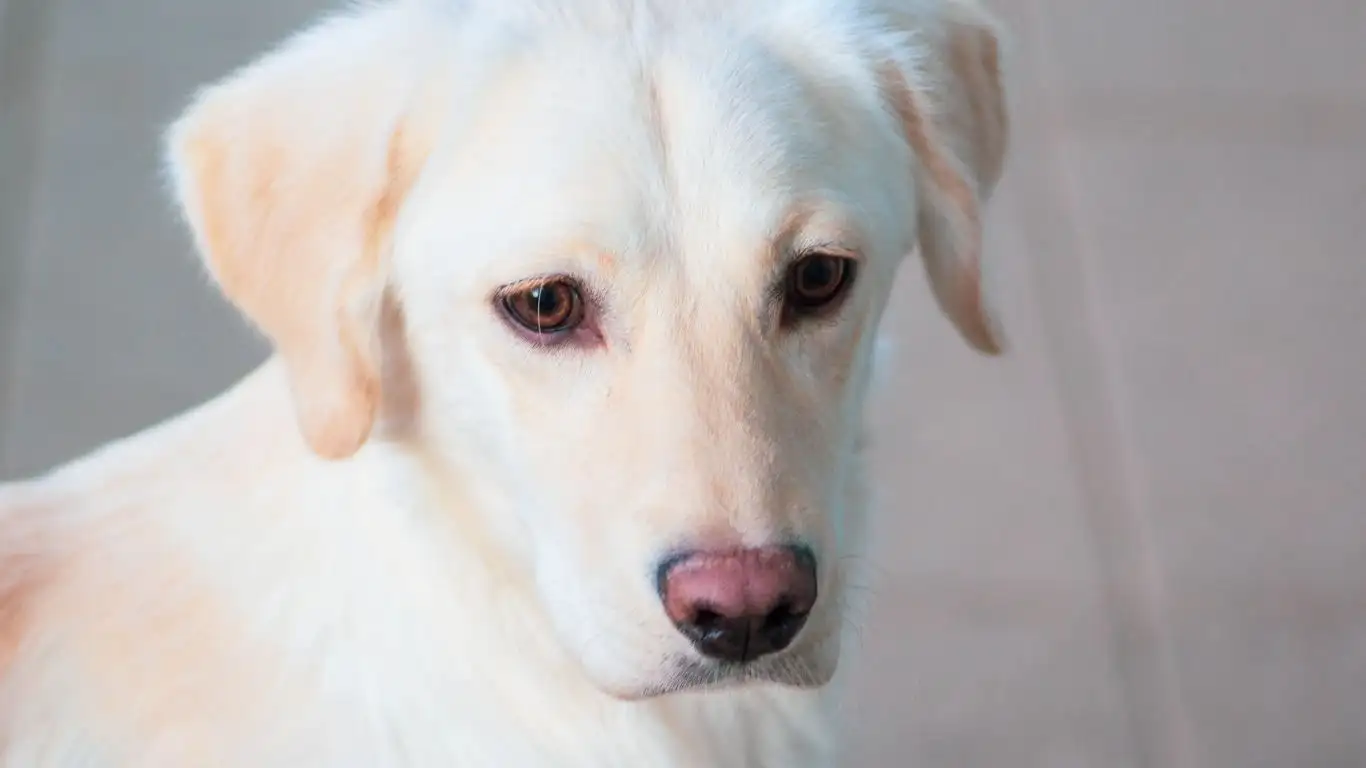
Patience During Car Rides
If your dog gets overly excited when you’re about to head out in the car, you can use the same techniques to teach them patience before you even open the car door. Have your dog sit and wait calmly before you let them into the car. Don’t rush them into the car just because they’re eager to go—it’s important to reinforce that waiting patiently is the only way they’ll get to enjoy the ride.
It’s also helpful to practice getting them in and out of the car calmly. Ask them to wait before jumping in, then let them in only when they’ve stayed still. Similarly, before getting out at your destination, ask them to wait until you give them the signal. These moments, though seemingly small, can reinforce patience and make car rides more enjoyable for everyone!
Step 6: Using Positive Reinforcement Consistently
Positive reinforcement is the heart of any successful dog training program. It’s essential to reward your dog immediately and consistently when they show patience, whether it’s waiting for a treat, waiting at the door, or remaining calm during a car ride. But positive reinforcement isn’t just about giving food treats—it can also be a toy, praise, or even a belly rub!
Varying Your Rewards
One of the best ways to keep your dog motivated and engaged is by varying your rewards. While food treats work great during training, it’s important to mix it up. For some dogs, toys are a higher-value reward. For others, verbal praise like “Good dog!” or “You’re so patient!” might be enough to keep them going. By varying the types of rewards, you keep things fresh and exciting for your dog, making it more likely that they’ll continue to exhibit the desired behavior.
If you’ve been using food rewards, start to phase them out over time and replace them with intermittent rewards. This is a technique called “variable reinforcement,” and it’s a great way to keep your dog’s patience training sharp without always relying on treats. By occasionally rewarding with a treat, your dog will stay motivated to wait, as they won’t know when the next reward will come.
Common Mistakes to Avoid When Training Patience
While patience training is incredibly rewarding, it’s easy to make a few common mistakes along the way. Being aware of these pitfalls will help you avoid frustration and keep your training sessions positive and productive.
- Inconsistent Commands: One of the biggest mistakes I see is owners not using consistent commands. For example, saying “wait” one time and then using “stay” the next time. This confusion can make your dog unsure of what’s expected of them. Stick to one command—whether it’s “wait,” “stay,” or “leave it”—and use it consistently.
- Getting Frustrated Too Quickly: Dogs can sense our emotions, and if we get frustrated, it can cause them to become anxious or disengaged. Take a deep breath and stay calm—even if it feels like you’re not making progress. Patience is key in the training process.
- Rewarding Too Early: If you give a treat too early, your dog may start to associate the reward with the wrong behavior. Make sure you’re rewarding only when your dog has truly shown patience. This will help reinforce the correct behavior.
- Too Many Distractions, Too Soon: Adding distractions too early in the training process can overwhelm your dog. Start with mild distractions and work your way up. Every dog learns at their own pace, so don’t rush it!
References
Disclaimer: The information provided in this article is based on my personal experience as a Canine-Assisted Therapy Trainer. Always consult a professional dog trainer or veterinarian for specific advice regarding your dog’s training or behavioral issues. Every dog is unique, and what works for one may not work for another.
